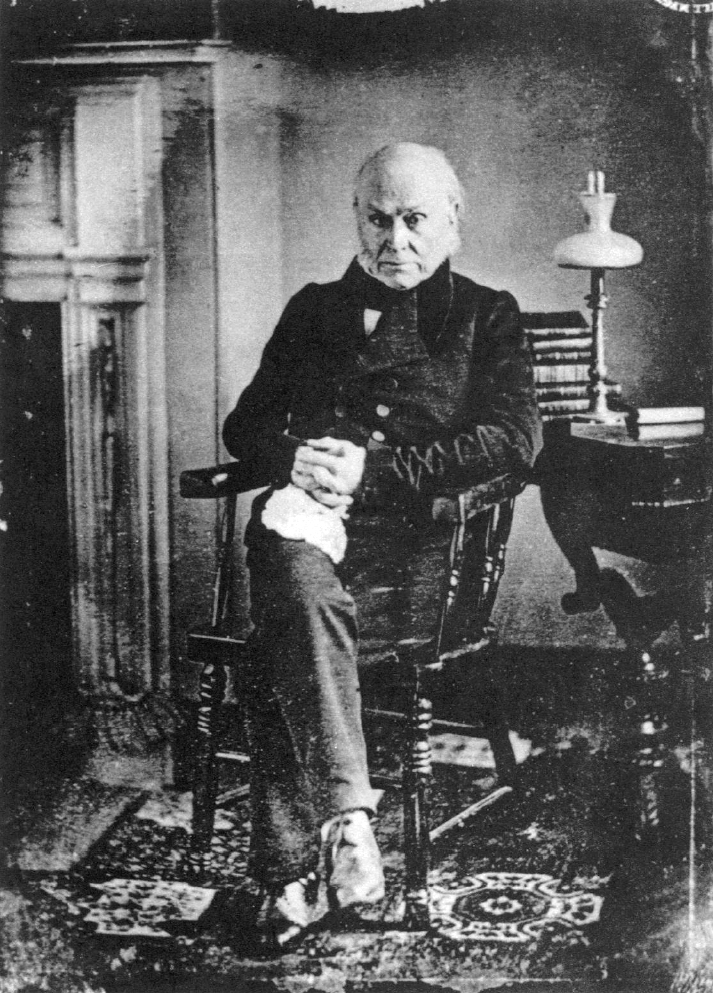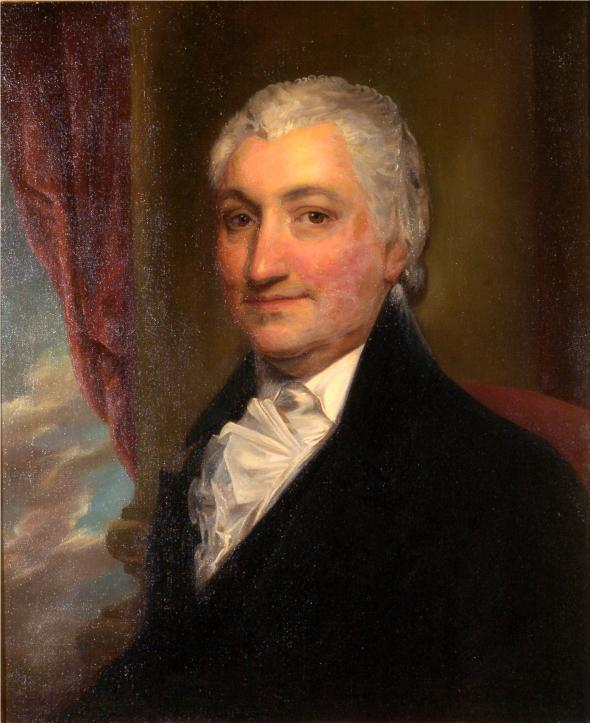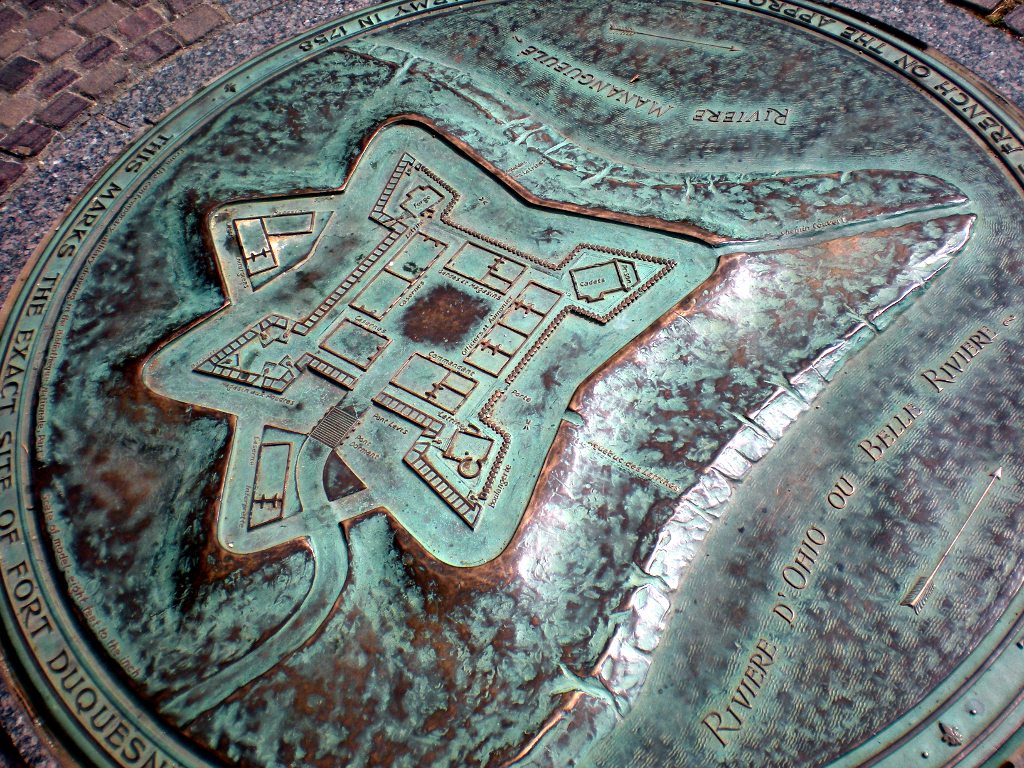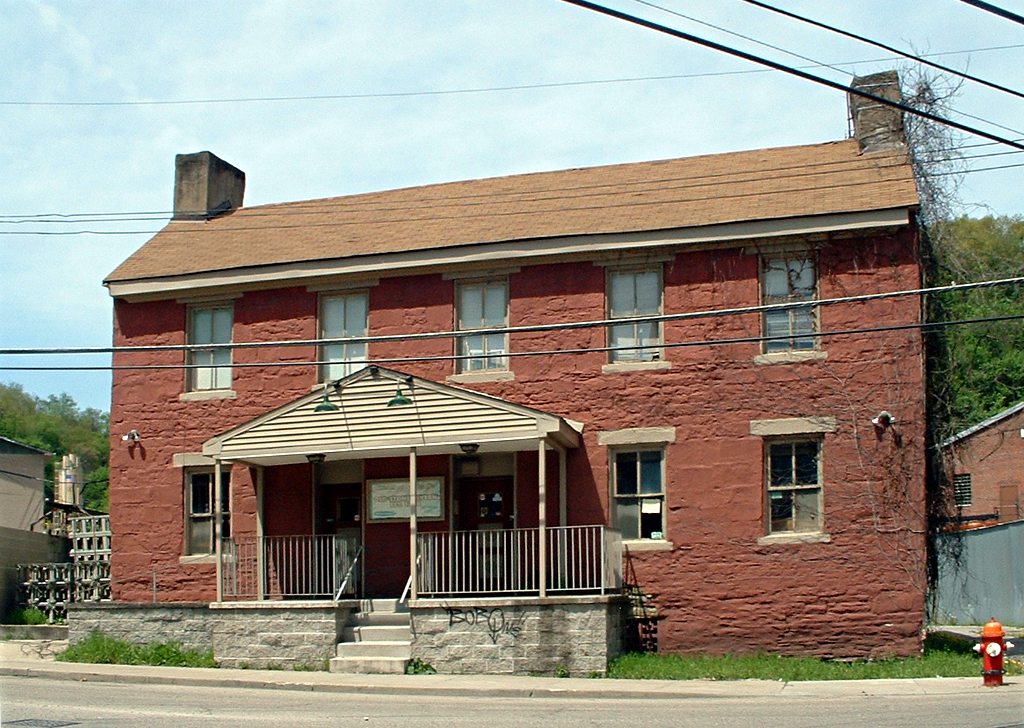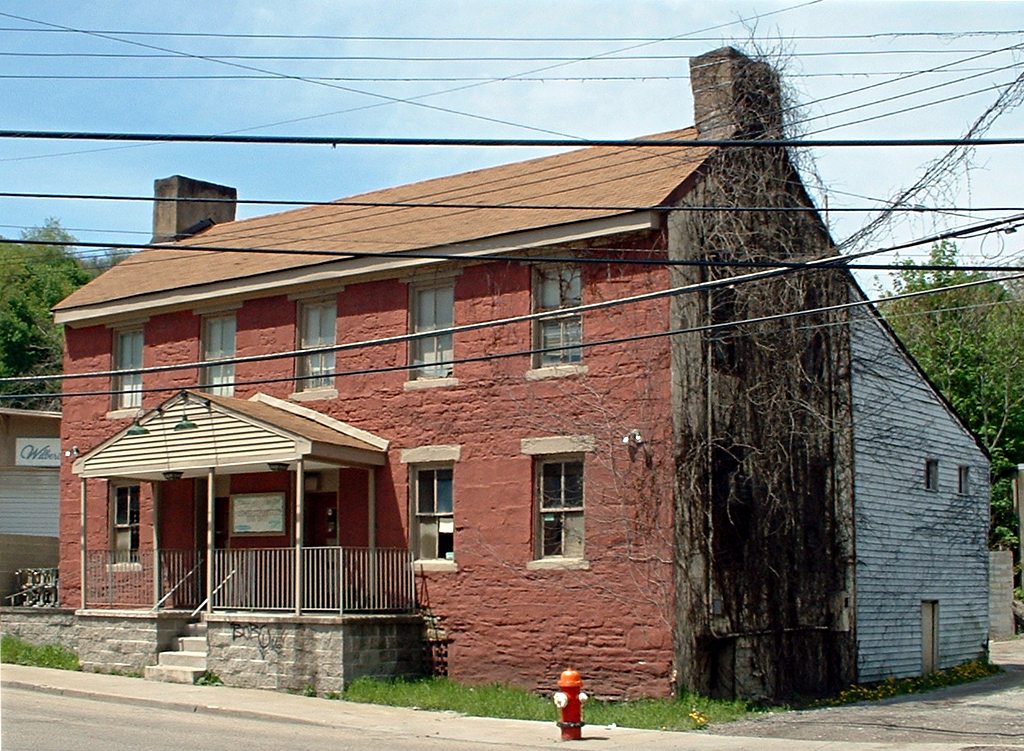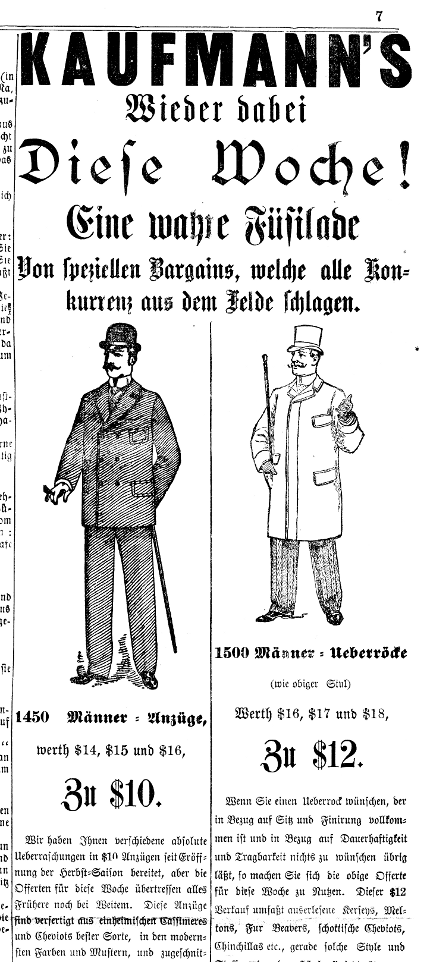
The English reformer William Cobbett published the journal of his friend Thomas Hulme, who visited the western parts of the United States in 1816. Mr. Hulme began, of course, in Pittsburgh, the gateway to the West, and on June 4 and 5 took a tour of the city.
Took a view of Pittsburgh. It is situated between the mouths of the rivers Allegany and Monongahela, at the point where they meet and begin the Ohio, and is laid out in a triangular form, so that two sides of it lie contiguous to the water. Called upon Mr. Bakewell, to whom we were introduced by letter, and who very obligingly satisfied our curiosity to see every thing of importance. After showing us through his extensive and well conducted glass works, he rowed us across the Monongahela to see the mines from which the fine coals we had seen burning were brought. These coals are taken out from the side of a steep hill, very near to the river, and brought from thence and laid down in any part of the town for 7 cents the bushel, weighing, perhaps, 80 lbs. Better coals I never saw. A bridge is now building over the river, by which they will most probably be brought still cheaper.
This place surpasses even my expectations, both in natural resources and in extent of manufactures. Here are the materials for every species of manufacture, nearly, and of excellent quality and in profusion; and these means have been taken advantage of by skilful and industrious artizans and mechanics from all parts of the world. There is scarcely a denomination of manufacture or manual profession that is not carried on to a great extent, and, as far as I have been able to examine, in the best manner. The manufacture of iron in all the different branches, and the mills of all sorts, which I examined with the most attention, are admirable.
Price of flour, from 4 to 5 dollars a barrel; butter 14 cents per lb.; other provisions in proportion and mechanic’s and good labourer’s wages 1 dollar, and ship-builder’s 1 dollar and a half, a day.








